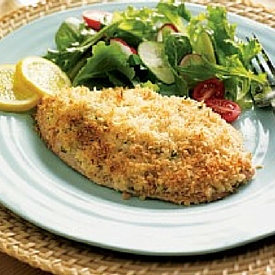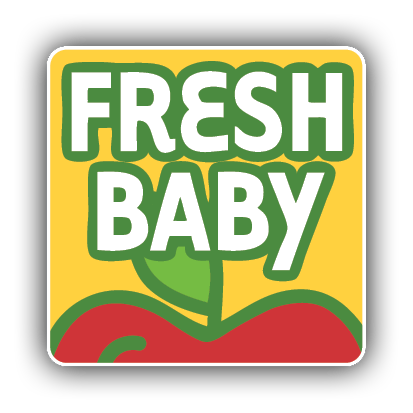
Eating fish is heart healthy and supports your children’s proper growth and development. Dietary guidelines call for eating fish twice a week. Along with being a source of high-quality protein, essential nutrients, fish and shellfish contain omega-3 fatty acids which can reduce the risk of heart disease, lower risk of stroke, particularly in women and can reduce risk of Alzheimer’s by as much as 60%.
The choices for fish and shellfish are plentiful and there are a few factors may effect your decision on which types of fish you and your family eat.
Mercury is a main health concern with fish and shellfish. It is a naturally occurring element and nearly all fish have some level of mercury in them. Yet some species contain higher levels than others. Mercury may harm an unborn baby or a young child’s developing nervous system. Women who may become pregnant, pregnant women, nursing mothers, and young children (under 6) should avoid some types of fish. The EPA provides the following general guidelines to reduce exposure to mercury:
- Do not eat Shark, Swordfish, King Mackerel, or Tilefish. They contain high levels of mercury.
- Eat up to 12 ounces (about 2 meals) a week of fish and shellfish that are lower in mercury. Five of the most common fish that are low in mercury are shrimp, canned light tuna, salmon, pollock, and catfish. (tilapia too!)
- Check local advisories about the safety of fish caught by family and friends in your local lakes, rivers, and coastal areas.
About 75% of the Earth is water and the global demand for seafood is huge. Keeping our oceans and waterways clean and healthy is a top environmental concern and the issues that impact our oceans and waterway include:
Over fishing threatens entire fish populations. Some fish are being caught at such a fast pace, they are not able to reproduce fast enough to maintain their population. Over fishing also threatens the existence of other animals that live off that species.
Fishing practices (they way fish are caught) have environmental effects. Some practices do a great job at catching fish, but they also catch other animals too – sea turtles and albatross are just two endangered species that wind up in fishing boats. Still other practices damage surrounding habitats making it difficult for sea life to survive.
Fish farms appear to be the answer to satisfying the huge demand for fish and shellfish but many cause pollution problems. Tilapia and Swai are two fish that are farm raised and considered eco-friendly.
What can you do? It’s simple, learn more and shop smart. Seafood Watch is a terrific resource for consumers. They provide easy to read information on both health and environmental factors, and they also publish a nifty “Pocket Seafood Guide”. Print this guide and take it to the market. It will help you make “eco-friendly and healthy” choices at the market.
Visit the Monterey Bay Aquarium – Seafood Watch


